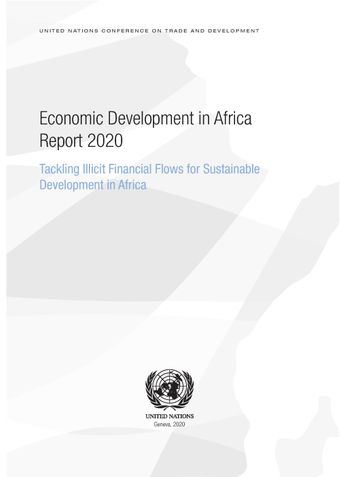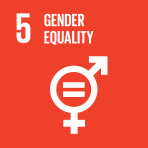The regulatory environment of illicit financial flows with a special focuson selected sectors

- Author: United Nations Conference on Trade and Development
- Main Title: Economic Development in Africa Report 2020 , pp 101-124
- Publication Date: September 2020
- DOI: https://doi.org/10.18356/71fe504e-en
- Language: English
This chapter provides an overview of the regulatory environment within which IFFs are conducted. It focuses on selected sectors while also addressing the wider regulatory environment. IFFs stem from some parts of the productive economy (chapters 1–3). In Africa, extractive industries have been singled out (UNECA, 2016). In what follows, cross-cutting data constraints across value chains are highlighted (section 4.1) with a brief rationale behind the focus on extractives. The regulatory framework within which IFFs in extractive industries operate is discussed in section 4.2. Section 4.3 sheds light on other sectors that are also prone to high risks of illicit practices. Section 4.4 offers an introduction to the broader regulatory environment on taxation, corruption and money-laundering. In addition to the regulations in home States, FDI projects are subject to binding bilateral agreements between home and host States, and these are examined in section 4.5. Finally, much like the international legal system discussed in chapter 3, the broader imbalance in terms of engagement between investors and the host country in the sectors most prone to IFFs is partly rooted in the structural inequalities of the international economic system, and these are examined in section 4.6, followed by some concluding remarks.
-
From This Site
/content/books/9789210050449c008dcterms_title,dcterms_subject,pub_keyword-contentType:Journal -contentType:Contributor -contentType:Concept -contentType:Institution105



